Looking for healthy and delicious chickpea recipes? Chickpeas, also known as garbanzo beans, are a culinary treasure that has delighted taste buds and nourished cultures for centuries. These small legumes pack a mighty nutritional punch and offer remarkable versatility in the kitchen. Whether you’re a vegan, vegetarian, or simply an adventurous food lover, chickpeas are an ingredient worth celebrating.
Exploring Chickpeas
Chickpeas, or garbanzo beans, have a rich history and a nutty flavor, making them a global culinary treasure. They easily fit into soups, stews, salads, and spreads, becoming staples in Middle Eastern, Mediterranean, and Indian cuisines.
Chickpeas are also a nutrient powerhouse for a balanced vegan diet. They are packed with plant-based protein, fiber, vitamins, and minerals. They are low in fat and cholesterol-free. Enjoy chickpeas in salads, curries, or as a roasted snack for a delightful blend of taste, texture, and health benefits.
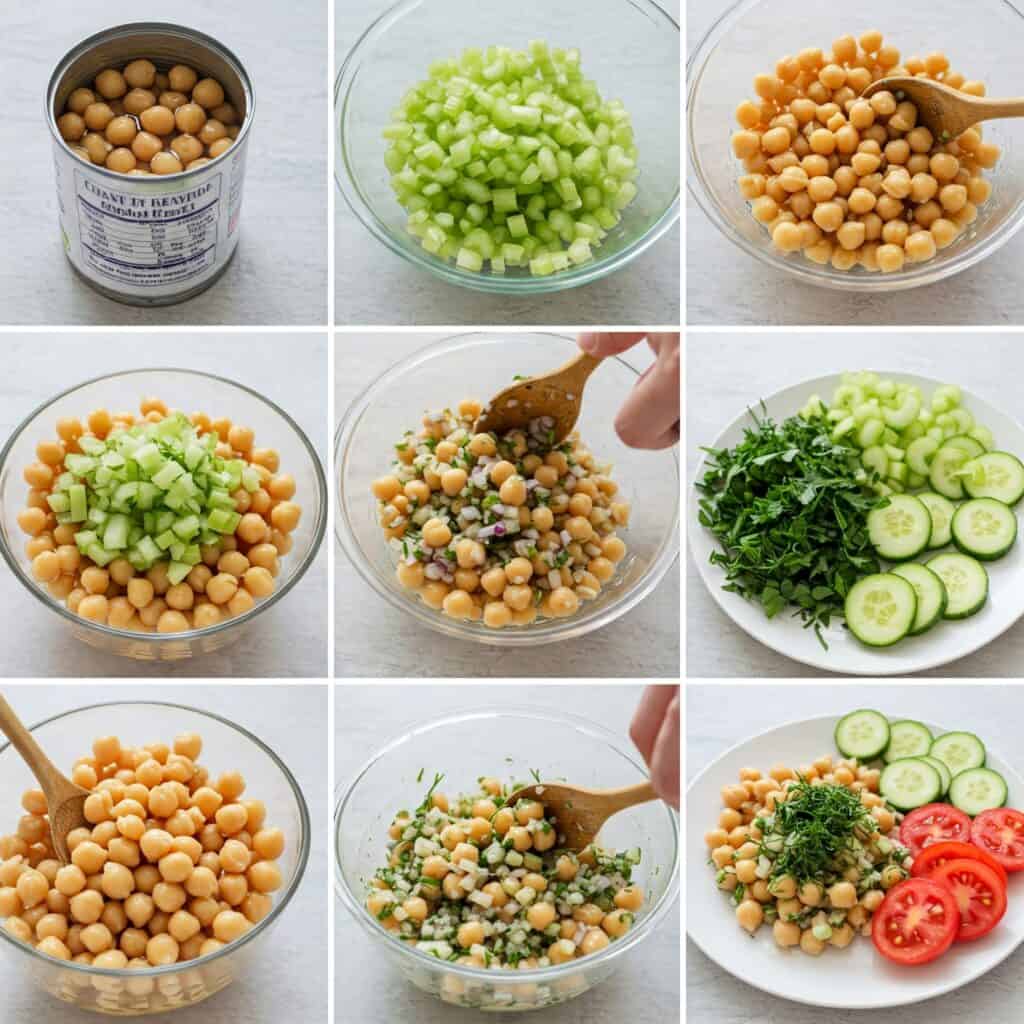
Protein-Packed Chickpeas
Just one cup (164g) of cooked chickpeas provides approximately 15 grams of plant-based protein, making them an excellent protein source for vegans and vegetarians. Their protein content supports tissue maintenance and repair, while their fiber, complex carbohydrates, and essential minerals promote digestive health and sustained energy.
Health Benefits of Chickpeas
Promoting Satiety and Weight Management
Chickpeas contain high amounts of dietary fiber, which helps you feel full for longer. Including them in meals can prevent overeating and support weight management.
Regulating Blood Sugar Levels
The complex carbohydrates in chickpeas are digested slowly, leading to a gradual release of glucose into the bloodstream. This helps regulate blood sugar levels and provides lasting energy.
Supporting Digestive Health
Chickpeas are rich in fiber, which promotes regular bowel movements and nourishes gut bacteria for a healthier digestive system.
Boosting Heart Health
Chickpeas are low in fat and cholesterol-free. Their soluble fiber helps lower LDL cholesterol levels, reducing the risk of heart disease.
Enhancing Bone Health
Chickpeas are a good source of calcium, magnesium, and phosphorus, all essential for strong bones and teeth.
How to Cook Chickpeas
There are multiple ways to cook chickpeas, each offering unique textures and flavors to suit different recipes.
Stovetop Cooking (Traditional Method)
- Soak (if using dried chickpeas): Rinse dried chickpeas, then soak them in a large bowl of water for 8-12 hours or overnight.
- Cook: Drain and rinse the soaked chickpeas. Add them to a large pot with fresh water (about two inches above the chickpeas) and bring to a boil.
- Simmer: Reduce the heat to low and let them cook for 60-90 minutes until tender but not mushy. Add salt towards the end of cooking.
- Drain & Store: Drain the cooked chickpeas and store them in an airtight container in the fridge for up to five days.
Instant Pot (Pressure Cooker) Method
- With pre-soaking: Add soaked chickpeas and 6 cups of water to the Instant Pot. Cook on high pressure for 15 minutes, then natural release.
- Without pre-soaking: Add dried chickpeas and 6 cups of water. Cook on high pressure for 50 minutes, then natural release.
- Drain & Store: Drain and store in an airtight container.
Slow Cooker Method
- Add 1 cup of dried chickpeas and 6 cups of water to a slow cooker.
- Cook on low for 6-7 hours or on high for 4 hours.
- No soaking is required for this method.
Roasting Chickpeas (For a Crispy Texture)
- Preheat oven to 425°F (220°C).
- Drain and rinse canned chickpeas, then pat them dry.
- Toss with extra-virgin olive oil, garlic powder, cayenne pepper, and black pepper.
- Spread on a baking sheet and roast for 20-30 minutes, shaking occasionally, until golden brown and crispy.
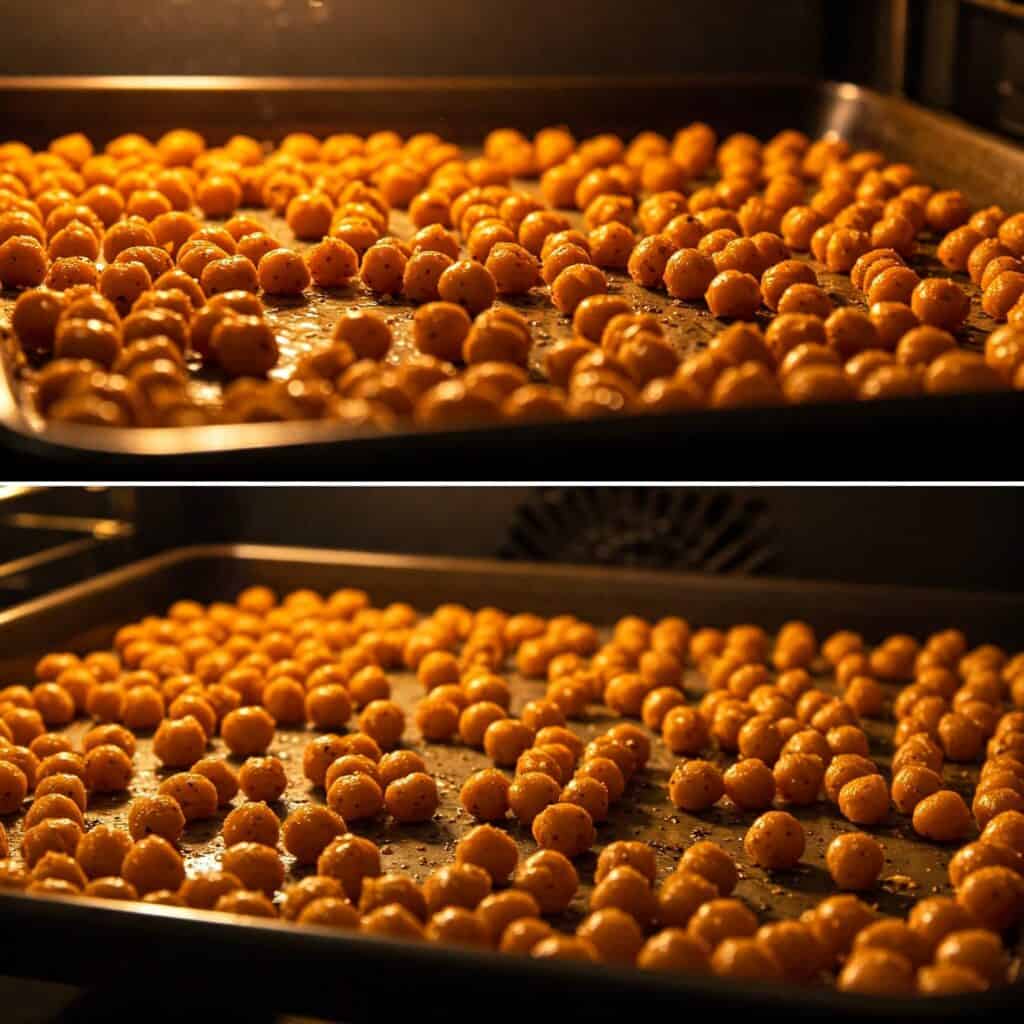
Sautéing Chickpeas (For Added Flavor)
- Heat a pan over medium heat and add extra-virgin olive oil.
- Add canned chickpeas, warm spices like garam masala or curry powder, and sauté for 5-7 minutes.
- Finish with fresh herbs, lemon juice, or red wine vinegar for extra flavor.
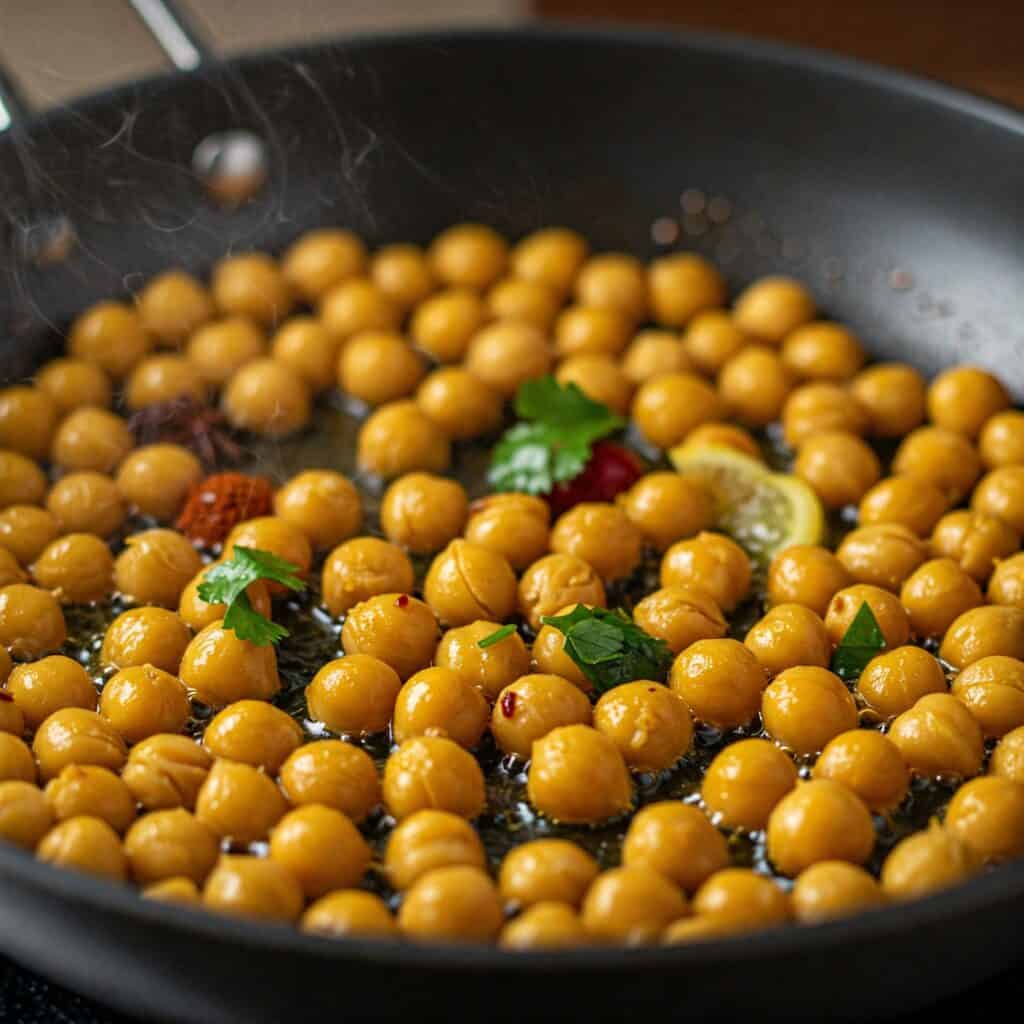
Making a Simple Chickpea Salad
- Toss well and enjoy as a healthy lunch idea or side dish.
- Mix drained canned chickpeas, diced cucumber, red onion, and mini peppers in a large bowl.
- Add lemon juice, extra-virgin olive oil, red wine vinegar, salt, and black pepper.

Different Types of Chickpeas
| Chickpea Variety | Characteristics | Common Uses |
|---|---|---|
| Desi Chickpeas | Small, darker color, rough coat | Common in Indian and Middle Eastern dishes, used for dals, curries, and snacks |
| Kabuli Chickpeas | Larger, lighter color, smoother coat | Popular in Mediterranean and Western cuisines, used in salads, hummus, and stews |
| Black Chickpeas | Small and dark in color | Common in Indian cuisine, used in curries, salads, and snacks |
| Green Chickpeas | Young, fresh chickpeas, green in color | Eaten as a snack, in salads, or used in various dishes for added freshness |
| Brown Chickpeas | Medium-sized, brown in color | Used in a variety of dishes, similar to desi chickpeas |
Cooking Dried Chickpeas: A Step-by-Step Guide to Perfectly Tender Beans
Cooking dried chickpeas is a simple and rewarding process, allowing you to savor their natural flavors and textures. Follow these steps to transform dried chickpeas into a delicious ingredient for a variety of dishes.
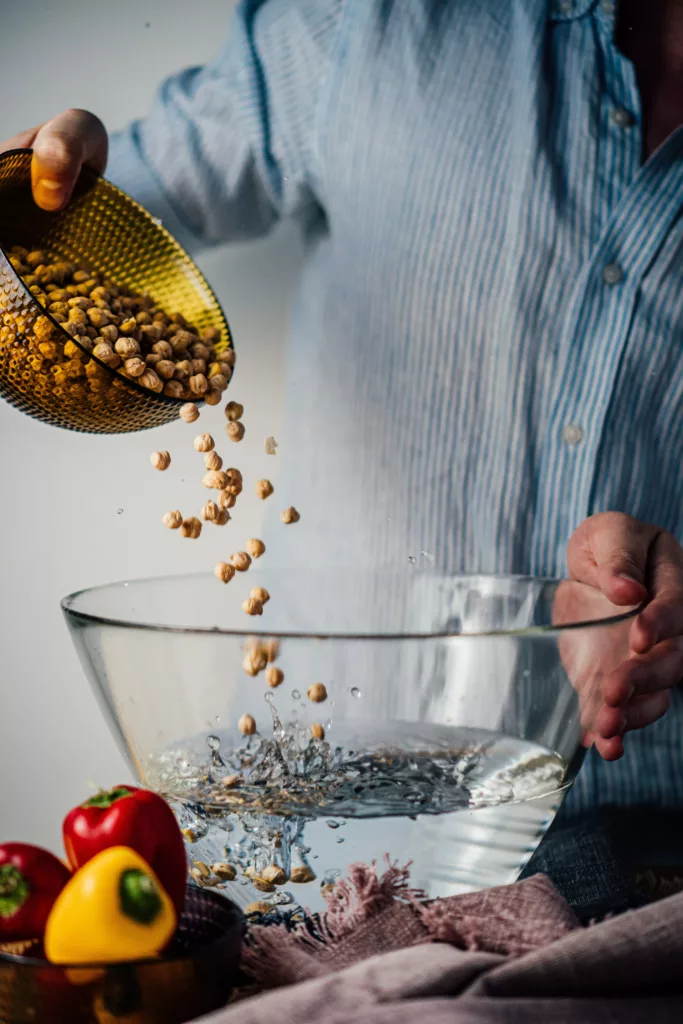
1. Soaking the Chickpeas
Before cooking dried chickpeas, it’s essential to soak them to reduce cooking time and improve their digestibility. Here’s how:
- Rinse the dried chickpeas thoroughly under cold water to remove any impurities.
- Next, transfer the chickpeas to a large bowl and cover them with enough water. The water level should be at least a few inches above the chickpeas.
- Allow the chickpeas to soak for 8 to 12 hours, or overnight. This process helps soften the beans and remove some of the naturally occurring compounds that can cause digestive discomfort.
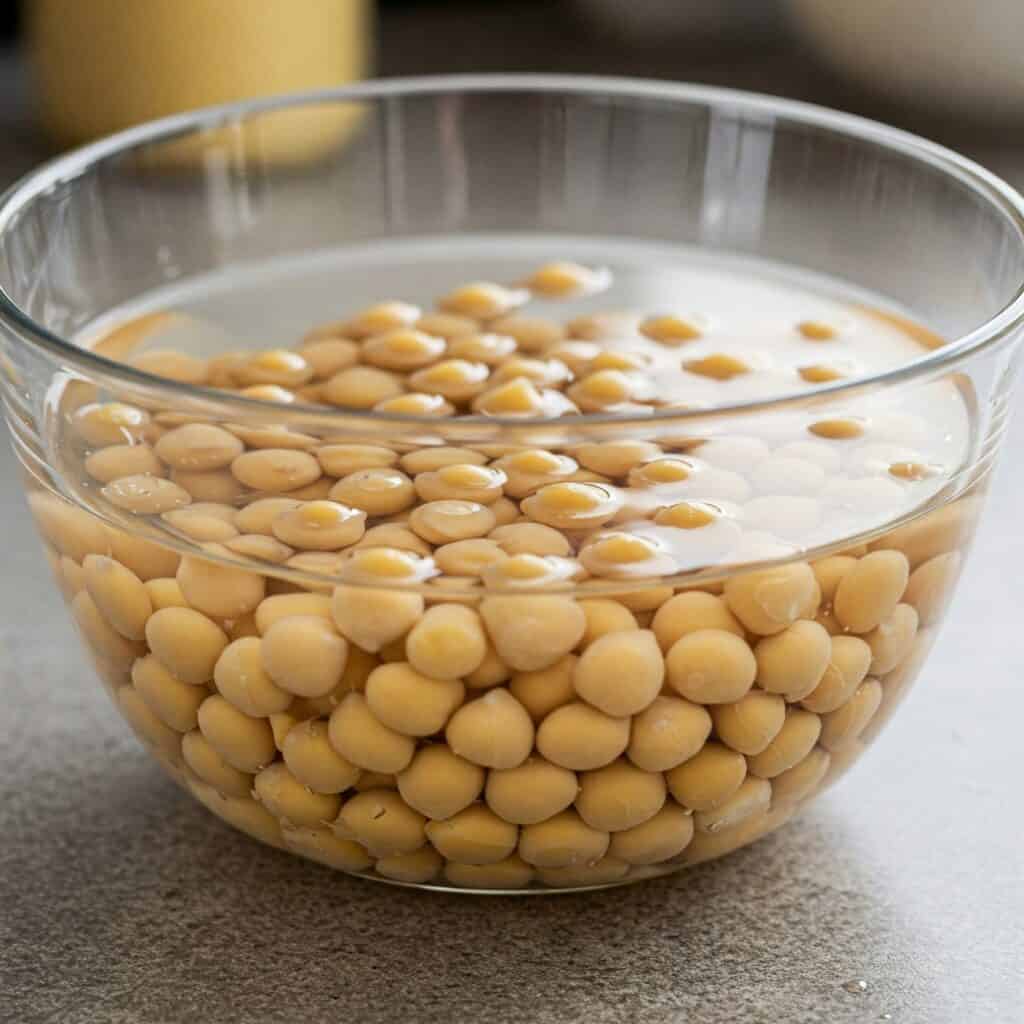
2. Cooking the Chickpeas
Finally, once the chickpeas are soaked, it’s time to cook them to perfection. You can choose from various methods, including stovetop, pressure cooker, or slow cooker. Here’s a basic stovetop method:
- Drain the soaked chickpeas and rinse them again.
- Then in a large pot, add the chickpeas and cover them with fresh water. The water level should be about two inches above the chickpeas.
- Next, bring the water to a boil over medium-high heat, then reduce the heat to low and let it simmer.
- At this point, skim off any foam that may form on the surface during the first few minutes of cooking.
- Cook the chickpeas for approximately 60 to 90 minutes, or until they are tender but still hold their shape. The cooking time may vary depending on the freshness of the beans.
- Finally, check for doneness by sampling a few chickpeas to ensure they are soft and cooked through.
- Once cooked, drain the chickpeas and rinse them with cold water to stop the cooking process.
Other Cooking Methods For Chickpeas
| Cooking Method | Process | Cooking Time | Additional Tips |
|---|---|---|---|
| Stove Top | Soak chickpeas overnight, then boil in a large pot of water for approximately 1 hour. | About 1 hour | Ensure water covers chickpeas; add salt to boiling water. |
| Slow Cooker | Combine 1 cup dried chickpeas with 6 cups water. Cook on low for 6-7 hours or high for 4 hours. | 6-7 hours (low) or 4 hours (high) | No pre-soaking required; check water levels during cooking. |
| Instant Pot/Pressure Cooker | With pre-soaking: 15 minutes; Without pre-soaking: 50 minutes. Use 6 cups water for 1 cup chickpeas. | 15 minutes (with pre-soaking) or 50 minutes (without pre-soaking) | Adjust cooking time based on desired chickpea texture. |
| Roasting Chickpeas | Toss cooked or canned chickpeas with oil and spices. Roast at 425°F for 20-30 minutes. | 20-30 minutes | Ensure chickpeas are dry before roasting; shake pan periodically. |
| Fried Chickpeas | Soak dried chickpeas overnight. Dry, then fry in hot oil for about 20 minutes. Toss with spices. | About 20 minutes | Be cautious with hot oil; drain excess oil on paper towels. |
26 Vegan Chickpea Recipes
Chickpea FAQs
Are chickpeas gluten-free?
Yes! Chickpeas are naturally gluten-free, making them an excellent option for gluten-sensitive individuals.
Can I use canned chickpeas instead of dried ones?
Absolutely! Canned chickpeas are convenient. Just drain and rinse them to remove excess sodium before using them in chickpea salad recipes or curries.
How should I store cooked chickpeas?
Store them in an airtight container in the refrigerator for up to five days. You can also freeze them for up to three months.
What are some easy chickpea recipes?
Try easy chickpea curry, creamy chickpea soup, curry chickpea salad, or a fresh Mediterranean chickpea salad. You can also add chickpeas to a grain bowl with basmati rice or whole grains.
Are chickpeas a good plant-based protein source?
Yes! Chickpeas offer plant-based protein, making them a great option for vegetarians and vegans looking for extra protein in their diet.
Can chickpeas help with weight loss?
Yes! Their high fiber and protein content promote fullness, making them an excellent choice for weight management.
What are some creative ways to use chickpeas?
Chickpeas are incredibly versatile! Use them in hummus, crispy chickpeas, creamy soup, or even blend them into a tomato-based sauce for pasta. Try adding them to a curry paste with coconut sugar and tomato paste for a flavorful meal.
Can chickpeas replace meat in recipes?
Definitely! Chickpeas provide a hearty, nutty flavor and can be used in classic Indian chickpea curry, curry paste-based dishes, or even as a substitute for chicken breasts in plant-based recipes.
Conclusion: Easy Chickpea Recipes
Chickpeas are pantry staples that elevate simple ingredients into delicious recipes. Whether making an easy chickpea salad, chickpea curries, or creamy hummus, there are countless ways to enjoy this versatile legume. Next time you’re at the grocery store, grab a can of chickpeas and try out a new recipe!

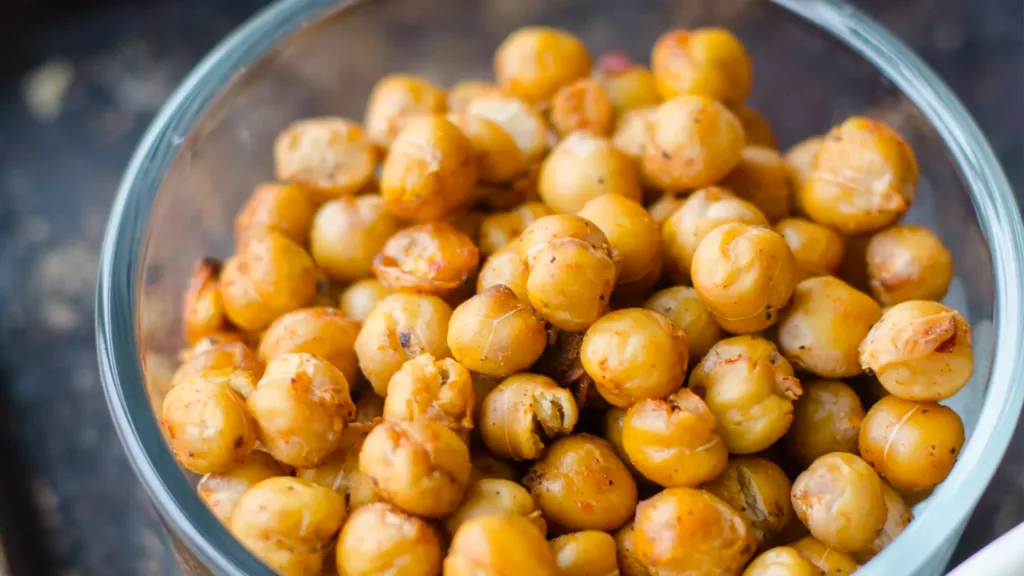
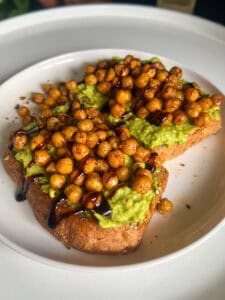
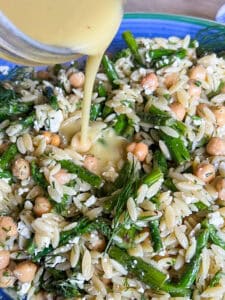
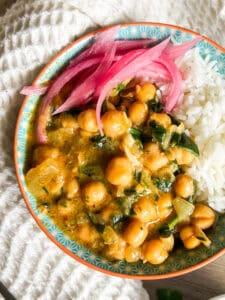
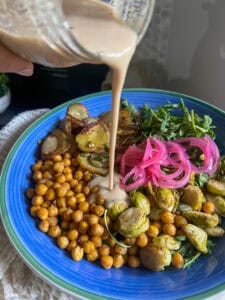

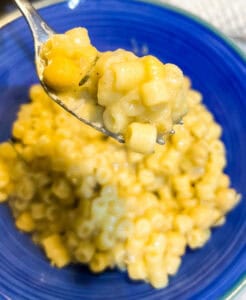
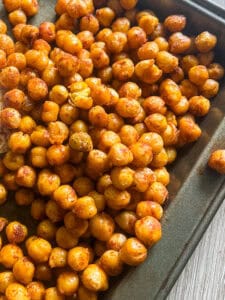
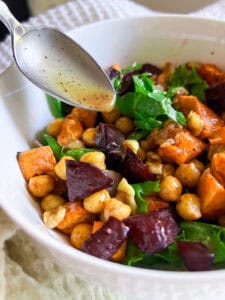
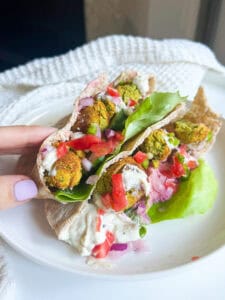

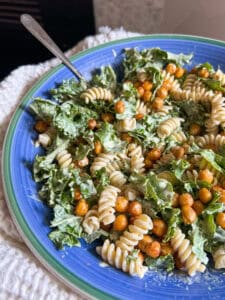
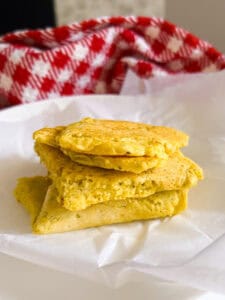
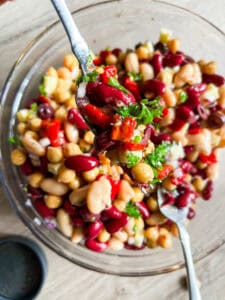

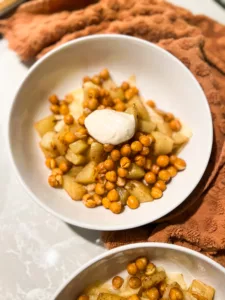
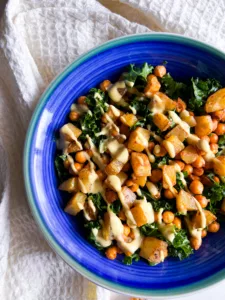
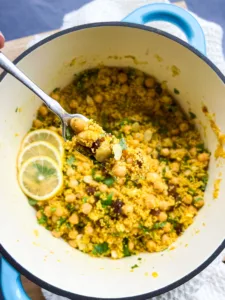

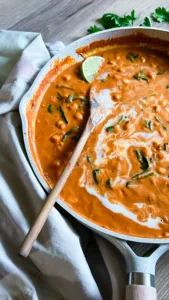

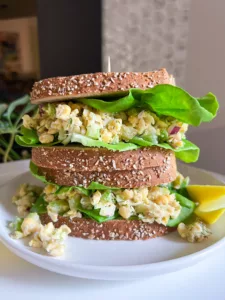


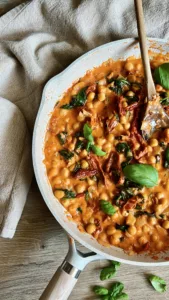
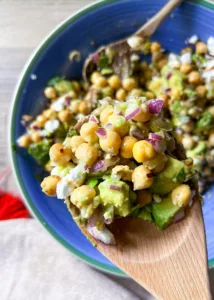

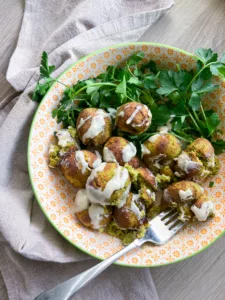
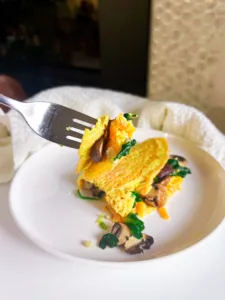

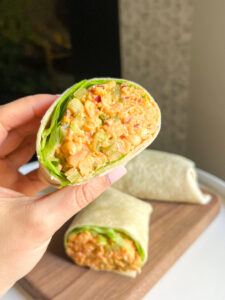

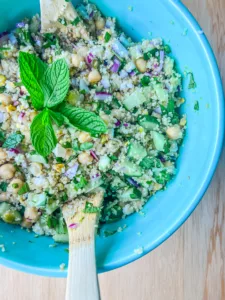
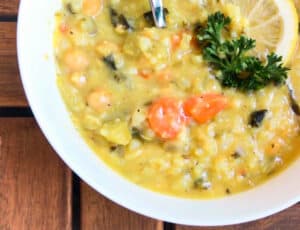
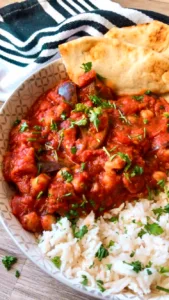
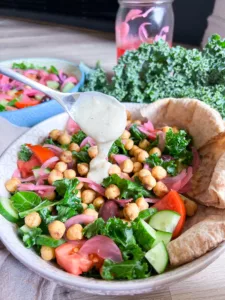

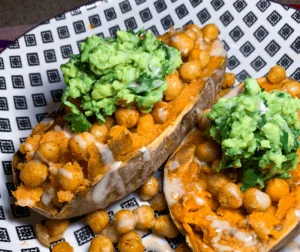

I had tried several of your chickpea recipes and they ALL have been so delicious. I will be coming back again to make more of these tasty chickpea creations.
That’s wonderful to hear! I’m thrilled you’ve been enjoying the chickpea recipes. If there’s a specific type of chickpea dish you’d like to see more of or if you have any suggestions, feel free to share. I’m always looking to create content that resonates with my readers. Thanks for your support, and I look forward to having you back for more tasty chickpea creations!